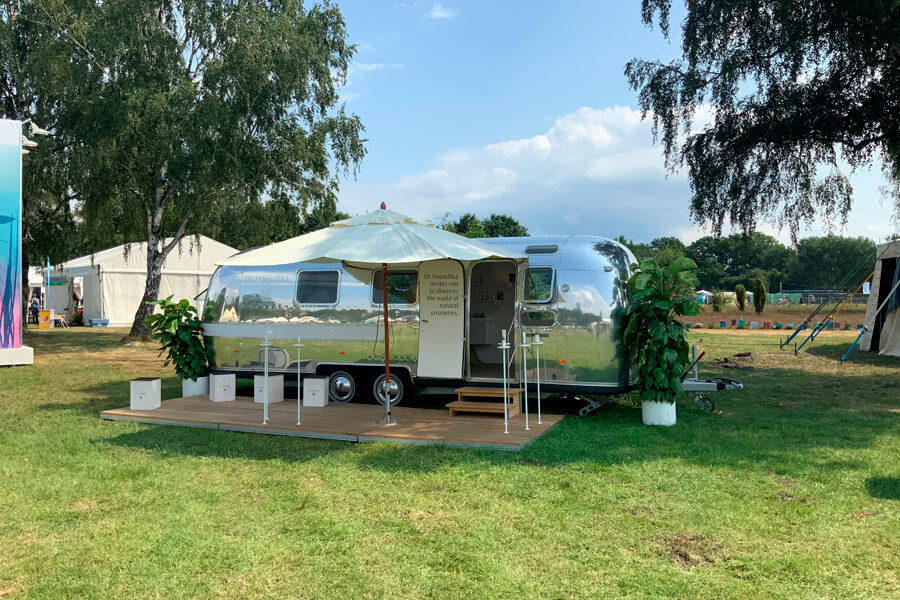Plastic packaging
What are the benefits and drawbacks of plastic as a packaging material?
Benefits:
-
For our Dr. Hauschka Skin Care products we use the energy-efficient, easily recyclable plastics polyethylene (PE) and polypropylene (PP). Where possible we use recycled plastic, for example, for the plastic bottles used for Dr. Hauschka Hay Blossom and Cardamom Cleansing Balm and Swiss Pine and Sea Salt Cleansing Gel, made of up to 97% recycled plastic.
-
In the case of Dr. Hauschka make-up products we use, among other things, the plastic materials acrylonitrile-butadiene-styrene copolymer and styrene acrylonitrile resin (ABS and SAN). Here we have conscientiously opted for a highly impact-resistant, scratch-resistant and neutral-smelling material, as decorative cosmetics are used for comparatively longer and are subjected to more stress due to being carried around in handbags.
-
Many new developments are underway in the area of plastics. This means that the new plastic packaging which uses less material provides better and better product protection. Such packaging provides a good barrier against external influences. Airless packaging systems, like those that we use for the products in our regeneration series, prevent air from being drawn back into the system when the cream is taken out and so prevents impurities or micro-organisms from being carried from the surrounding air into the packaging.
With the airless packaging system or tubes it is also possible to almost completely empty the container thanks to the flexible properties of the materials used.
-
Furthermore, plastics stand out for their special qualities: they are light, shatter-proof, highly resilient and allow for many different designs and uses. So they are ideal for products like Dr. Hauschka Compact Powder or Shower Cream, which are popular companions for those who are out and about or for use in the shower.
-
As with the raw materials that we use, when selecting the materials for our packaging we also pay attention to their flawless quality and purity. In the manufacturing of the plastic materials that we use, neither softening agents (e.g. phthalates), nor similarly problematic additives like bisphenol A (BPA) are used.
The recycled plastics that we use and that come into direct contact with the product have a very high level of purity and quality and meet the requirements of Regulation (EC) No 1935/2004 on food contact materials and Regulation (EC) No 282/2008 on recycled plastic materials and articles intended to come into contact with foods.
-
In comparison with glass and aluminium, the manufacturing of plastic is less detrimental to the climate. For this reason, we do not want to strictly rule it out.
Drawback:
-
Unfortunately, in Germany and the EU at present, only a small proportion of plastics are reused. The majority is burned to produce energy. The reasons: To provide better protection for the contents and depending on technicalities, packaging is often made of different materials that are difficult to separate. It is also, however, significant that waste management systems that could separate materials economically are lacking both across Europe and worldwide, resulting in the majority of resources not being reused.
Therefore, we will pay even more attention to the design of our packaging and advertising materials. Only if materials enter the recycling cycle as well sorted as possible can they be used to make other high-quality materials for packaging or other uses.


